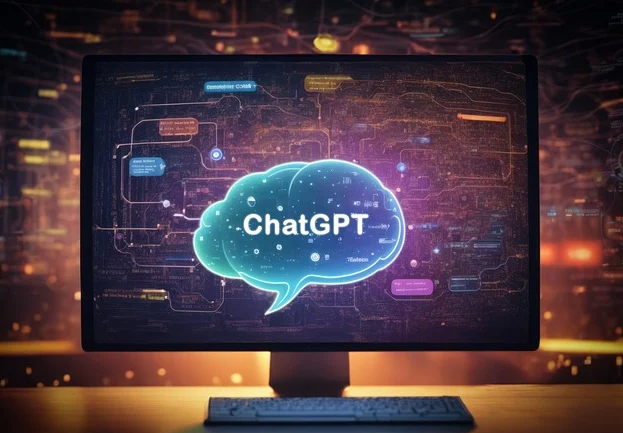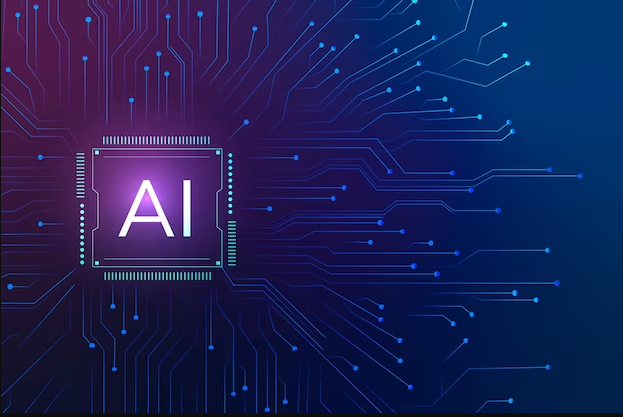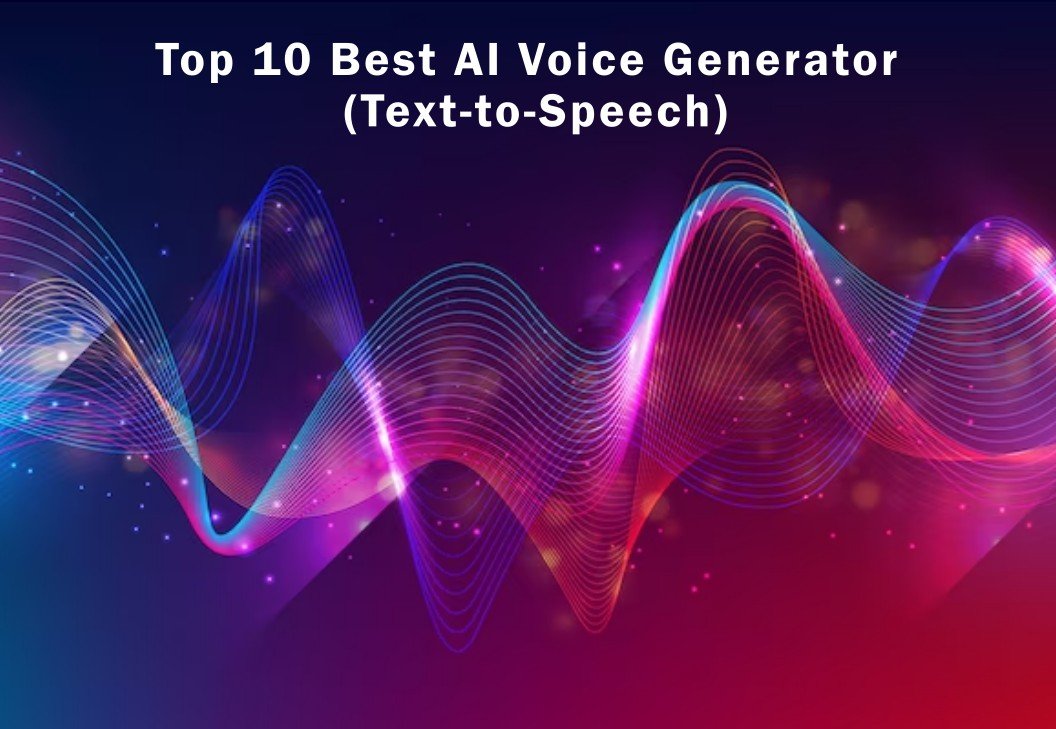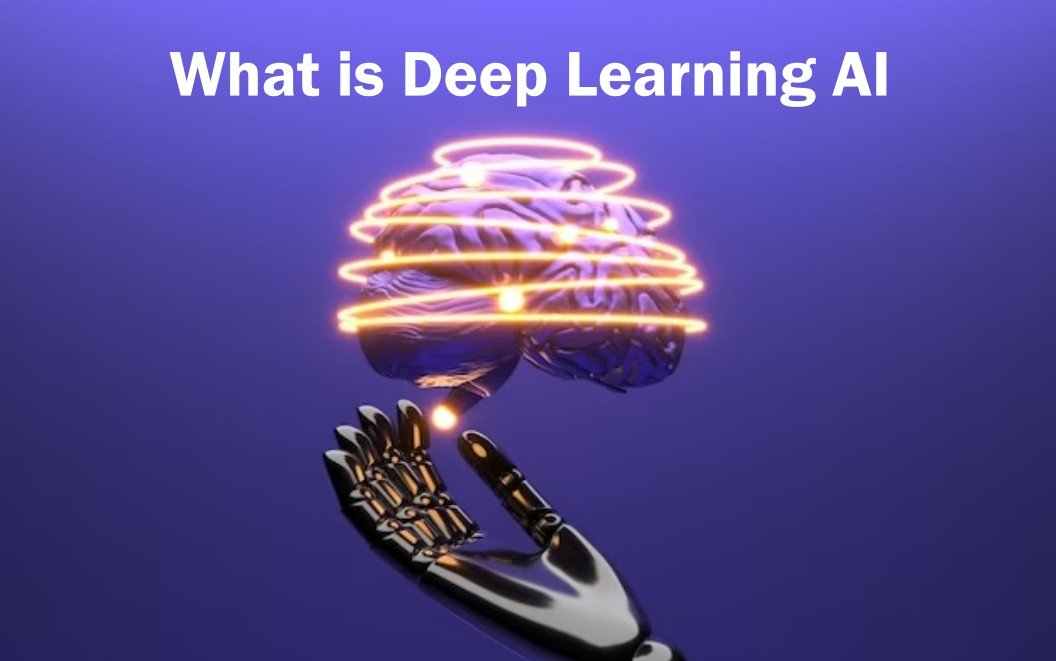Exploring the Evolution: A Comprehensive Comparison of ChatGPT, GPT-3, and GPT-4

Credit - Pixabay
In today's age of rapid advancement in artificial intelligence, language models undoubtedly play a pivotal role in drastically transforming how humans interact with machines. Among the most notable models currently available are ChatGPT, GPT-3, and the latest addition, GPT-4. In this blog, we will discuss a detailed comparison of all these models, examining all their features, capabilities, and the evolution each iteration brings.
In the dynamically evolving field of artificial intelligence, this blog minutely compares ChatGPT, GPT-3, & the latest addition, GPT-4. ChatGPT is strategically designed specifically for chat-based applications, excels in the conversational proficiency & context retention. GPT-3, with its colossal 175 billion parameters, showcases a lot of versatility & multifunctional capabilities. GPT-4, the latest iteration has been witnessed to build on its predecessors with an enhanced understanding, an evolved and improved fine-tuning as well as increased parameter count. The comparison explores scale, versatility, contextual understanding, and also fine-tuning capabilities, highlighting the continuous evolution of conversational AI.
ChatGPT: The Groundbreaker
Introduced by OpenAI, ChatGPT marked a significant milestone in conversational AI. Released after its predecessor, GPT-3, ChatGPT was explicitly designed for chat-based applications. It strongly harnesses the power of a large-scale language model to generate human-like responses, catering to a very diverse range of queries and discussions.
Also Read -
Key Features of ChatGPT:
- Conversational Proficiency: ChatGPT exhibited a remarkable ability to engage in coherent & context-aware conversations, making it a valuable tool for different applications, from customer support to language translation.
- Learning from Context: What set ChatGPT apart was its knack for retaining information throughout a conversation. It could reference & respond based on the context of the entire dialogue, creating a more natural and interactive experience.
GPT-3: The Giant Leap
GPT-3, the third iteration of the Generative Pre-Trained Transformer, took the capabilities of language models to unprecedented heights. Its staggering 175 billion parameters dwarfed its predecessor in scale and complexity.
Key Features of GPT-3:
- Unparalleled Scale: The sheer size of GPT-3 allowed it to grasp intricate patterns and relationships in data, resulting in more nuanced and contextually relevant outputs.
- Multifunctional Capabilities: GPT-3 showcased versatility by excelling in many tasks, from natural language processing and code generation to creative writing and problem-solving. Its 'few-shot learning' capability enabled it to adapt to various prompts with minimal examples.
GPT-4: Pushing the Boundaries Further
As the latest addition to the GPT family, GPT-4 builds on its predecessors' strengths while introducing new elements that push the boundaries of what language models are likely to achieve.
Key Features of GPT-4:
- Enhanced Understanding of Nuances: GPT -4's increased parameter count allows for a more nuanced understanding of a given context, making it even more proficient in generating the most coherent & contextually appropriate responses.
- Improved Fine-Tuning: GPT-4 comes equipped with advanced fine-tuning capabilities, enabling developers to tailor the model to specific tasks more effectively. It enhances its overall applicability across diverse domains.
A Comparative Analysis: ChatGPT vs. GPT-3 vs. GPT-4
1. Scale and Parameters:
- ChatGPT: While smaller in scale compared to GPT-3 and GPT-4, ChatGPT demonstrated that even with a more modest parameter count, it could excel in chat-based applications.
- GPT-3: The colossal 175 billion parameters of GPT-3 contributed to its versatility & proficiency across a wide array of tasks.
- GPT-4: With an even larger parameter count, GPT-4 takes the scale to new heights, promising enhanced performance and a deeper understanding of context.
2. Versatility:
- ChatGPT: Tailored for chat-based interactions, ChatGPT exhibited remarkable versatility within its specialized domain.
- GPT-3: Renowned for its multifunctional capabilities, GPT-3 demonstrated proficiency in numerous tasks, showcasing its adaptability.
- GPT-4: Building on GPT -3's versatility, GPT-4 is expected to expand its range of applications further, addressing a broader spectrum of tasks with improved performance.
3. Contextual Understanding:
- ChatGPT: Excelled in maintaining context within a conversation, providing more coherent and relevant responses.
- GPT-3: Improved contextual understanding allowed GPT-3 to generate responses that were contextually aligned and contextually aware.
- GPT-4: With enhanced parameters, GPT-4 is poised to exhibit an even deeper understanding of nuances within context, further refining its ability to generate contextually appropriate outputs.
4. Fine-Tuning Capabilities:
- ChatGPT: Limited fine-tuning capabilities compared to GPT-3 and GPT-4, as it was primarily designed for chat-based applications.
- GPT-3: Advanced fine-tuning options made GPT-3 adaptable to a wide range of specialized tasks, expanding its practical applications.
- GPT-4: Further improvements in fine-tuning capabilities provide developers with a more powerful tool for tailoring the model to specific domains and tasks.
Also Read -
ChatGPT is a highly useful app, and GPT is the brain behind the same
ChatGPT is a successful web and mobile app (you can access it in your browser or Smartphone). This app is specifically designed for Chatbot applications and is completely optimized for dialogue. This app relies on GPT to produce high-quality and perfect text, like writing poems or explaining code.
GPT, on the contrary, is a language model and not an app. GPT can be tailored to build various functions, like copywriting, text summarizing, translating languages and copywriting. This open API allows anyone tapping into GPT-3 or GPT-4 to develop their own AI applications with its functions. GPT can be the brain behind ChatGPT and other tools like Writesonic & Jasper or Bing's newly launched AI-powered search features.
GPT-3 has become the industry standard for language models like ChatGPT, which has become the industry standard for AI Chatbots - & GPT-4 is expected to be the standard soon.
Conclusion: The Evolution Continues
In the ever-evolving landscape of artificial intelligence, each iteration of the GPT series represents a significant leap forward in capabilities. From the specialized proficiency of ChatGPT to the unparalleled versatility of GPT-3 and the enhanced features of GPT-4, the journey showcases the relentless pursuit of advancing natural language understanding and generation.
As developers continue to explore the potential of these particular language models, the applications are bound to become more diverse and impactful. Whether crafting engaging Chatbot, generating creative content, or solving complex problems, the GPT series is a testament to conversational AI's transformative power. The evolution from ChatGPT to GPT-3 and GPT-4 signifies a technological advancement and a continuous commitment to pushing the boundaries of what AI can achieve in human-machine interaction.








